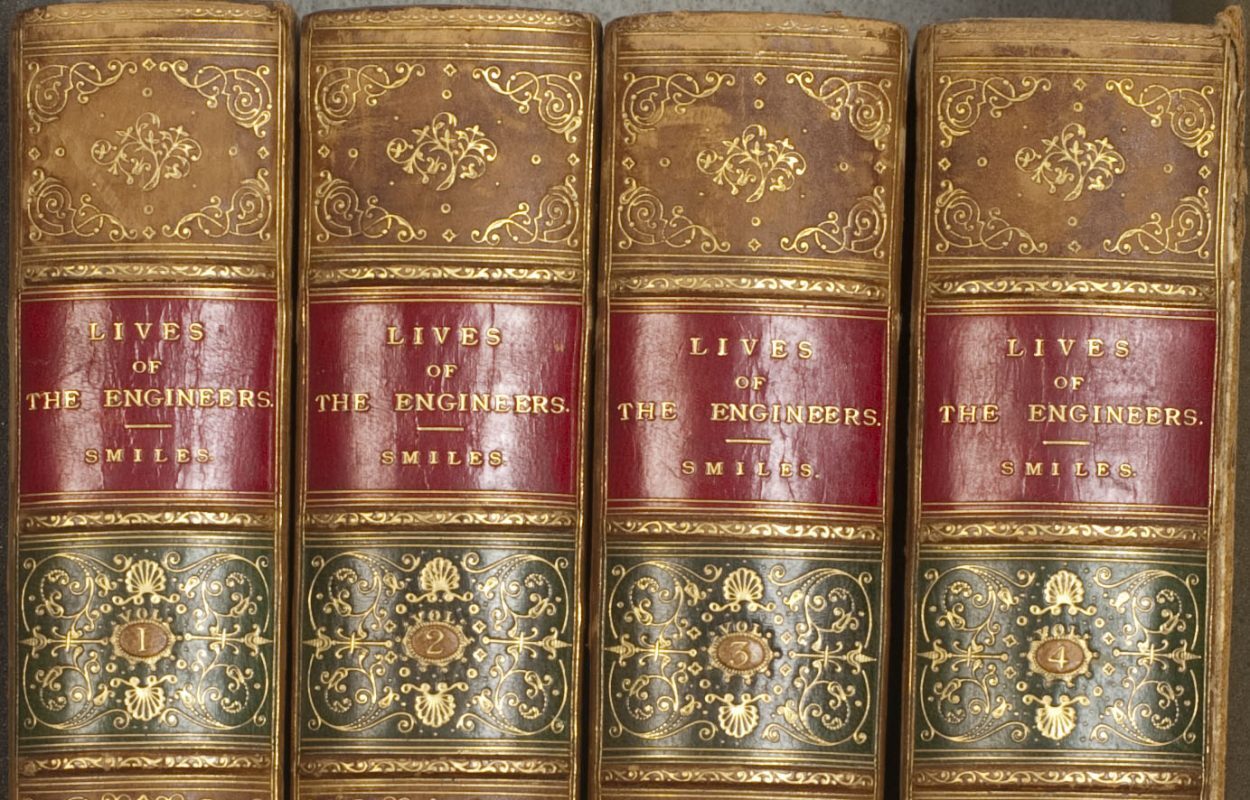Year 61 – 1921: The Health of the Industrial Worker by Edgar L. Collis and Major Greenwood, containing a chapter on reclamation of the disabled, by Arthur J. Collis
Published: London, 1921 During the Industrial Revolution, the physical well-being of workers was of little concern to the typical employer. Small children were regularly shoved up chimneys, and were also expected to pick out broken threads from massive machines that were still running. In the 1910s and 20s, female workers at the United States Radium Corporation ingested radioactive materials as they licked the tips of their radium-laden brushes in an effort to paint glow-in-the-dark numbers precisely as their employers demanded. Eventually, though, the health of workers would come to be seen as a worthy consideration for industry. Edgar Collis and […]
